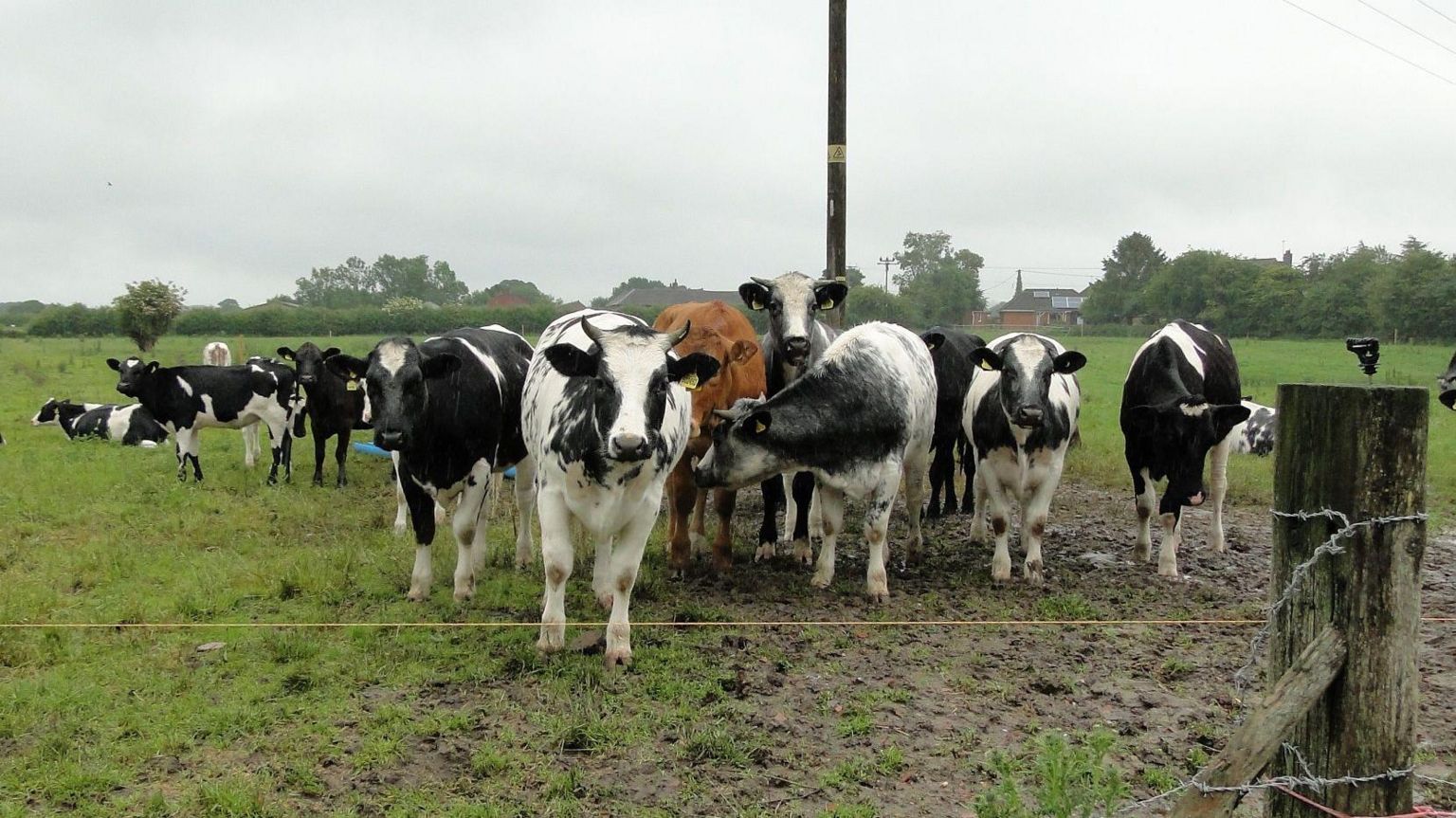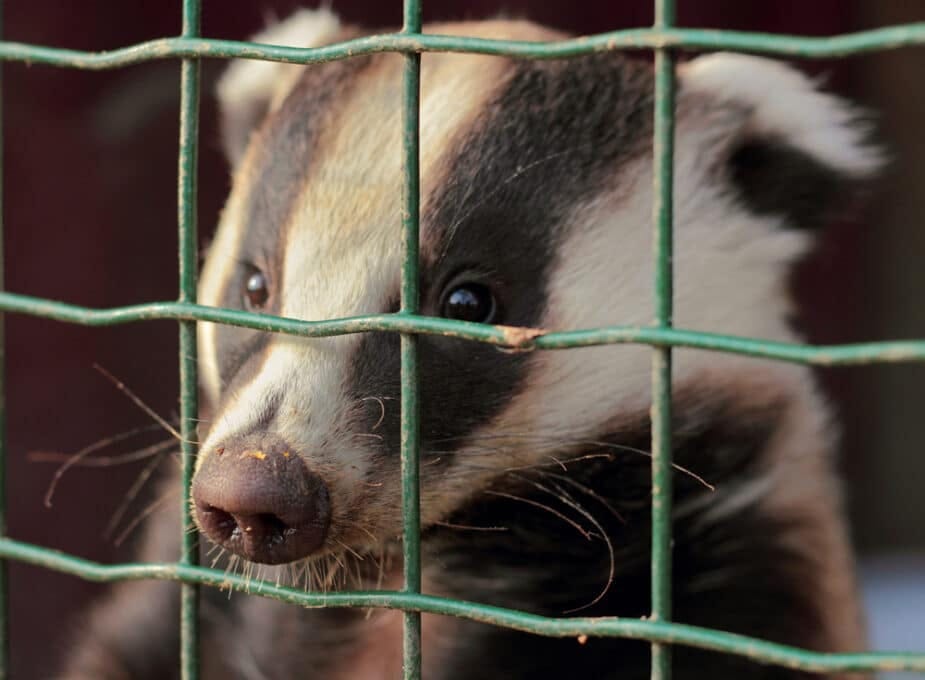I was putting this together just as news that one fox has just been put down after contracting hepatitis. In the UK canine hepatitis in dogs can be a severe disease, and whilst most dogs will recover, the fatality rate can be as high as 30%. Unvaccinated and young puppies have the highest risk, which is why it's so important to vaccinate your dog from an early age.
Vet Rec
. 2016 Apr 23;178(17):421. doi: 10.1136/vr.103559. Epub 2016 Mar 21.
Infectious canine hepatitis in red foxes (Vulpes vulpes) in wildlife rescue centres in the UK
D Walker , E Abbondati , A L Cox , G B B Mitchell , R Pizzi , C P Sharp , A W Philbey
"Outbreaks of infectious canine hepatitis are described in red foxes ( Vulpes vulpes) at two wildlife rescue centres in the UK. Disease occurred in two-month-old to four-month-old juvenile foxes, which were held in small enclosures in groups of three to eight animals. The foxes died or were euthanased after a short clinical course, sometimes including neurological signs and jaundice, with a high case fatality rate.
"Four red foxes submitted for postmortem examination had enlarged, congested livers, with rounded borders and mild accentuation of the lobular pattern.
"On histological examination, there was random, multifocal to massive hepatic necrosis, along with multifocal vasculitis in the central nervous system (CNS) and mild, multifocal glomerulonephritis.
"Intranuclear inclusion bodies, typical of canine adenovirus type 1 (CAV-1) infection, were present in hepatocytes, vascular endothelial cells in the CNS, renal glomeruli and renal tubular epithelial cells. CAV-1 was detected in tissues from affected foxes by PCR and sequencing.
"Congregation of juvenile foxes in wildlife rescue centres is likely to be a risk factor for transmission of CAV-1. Preventive measures in wildlife centres should be implemented to prevent the spread of the virus among conspecifics and to other susceptible species."
And in 2010 paper:
Infectious canine hepatitis in red foxes (Vulpes vulpes) in the United Kingdom
H Thompson 1, A M O'Keeffe, J C M Lewis, L R Stocker, M K Laurenson, A W Philbey
Affiliations expand
PMID: 20097890 DOI: 10.1136/vr.b4763
Abstract:"The pathological findings are described in three cases of infectious canine hepatitis in free-ranging red foxes (Vulpes vulpes) in England. The foxes died after short periods of clinical illness. Mild jaundice and hepatic congestion were evident grossly. On histopathological examination, intranuclear inclusion bodies were visible in hepatocytes, in association with hepatocyte dissociation and necrosis, as well as in renal glomeruli, renal tubular epithelial cells and vascular endothelial cells.
"Canine adenovirus type 1 (CAV-1) was isolated from all three foxes.
"In a serological study, antibodies to CAV-1 were detected in tissue fluid extracts taken from 11 of 58 (19 per cent) frozen red fox carcases from England and Scotland."
Image taken from Naturally Acquired Infectious Canine Hepatitis in Two Captive Maned Wolf (Chrysocyon brachyurus) Puppies Journal of Comparative Pathology Volume 186, July 2021, Pages 62-68
While the Bristol Fox Deaths Project has so far not encountered cases of adenovirus (“running rampant in UK foxes” -but not in one of 60+ foxes we have submitted) we have found babesia, leptospirosis and various other health issues. Although the two rescue outbreaks were in Kent the recent one reported to me is in Scotland. It will be interesting to see whether anything similar occurs and that is if anyone lets us know!














